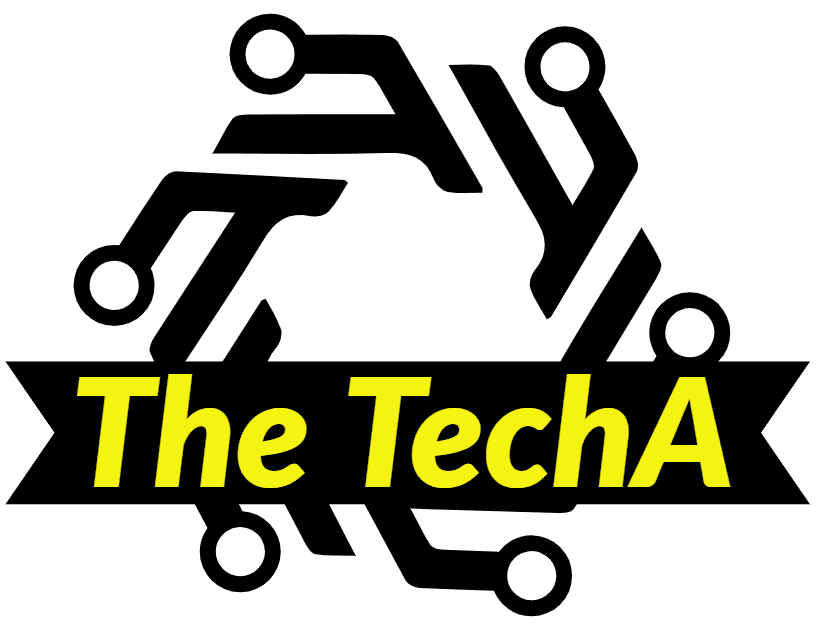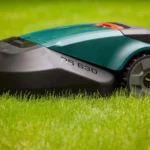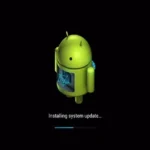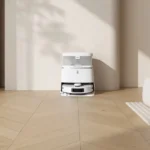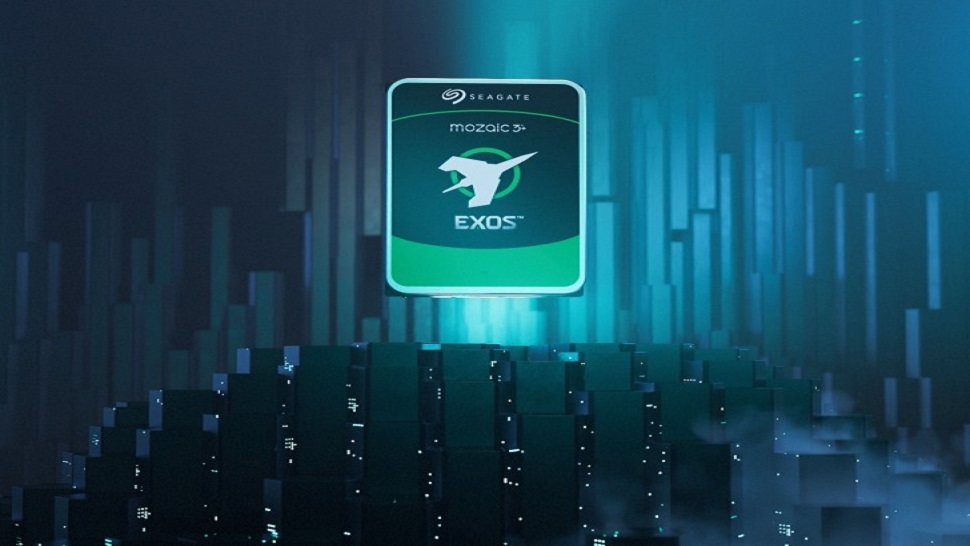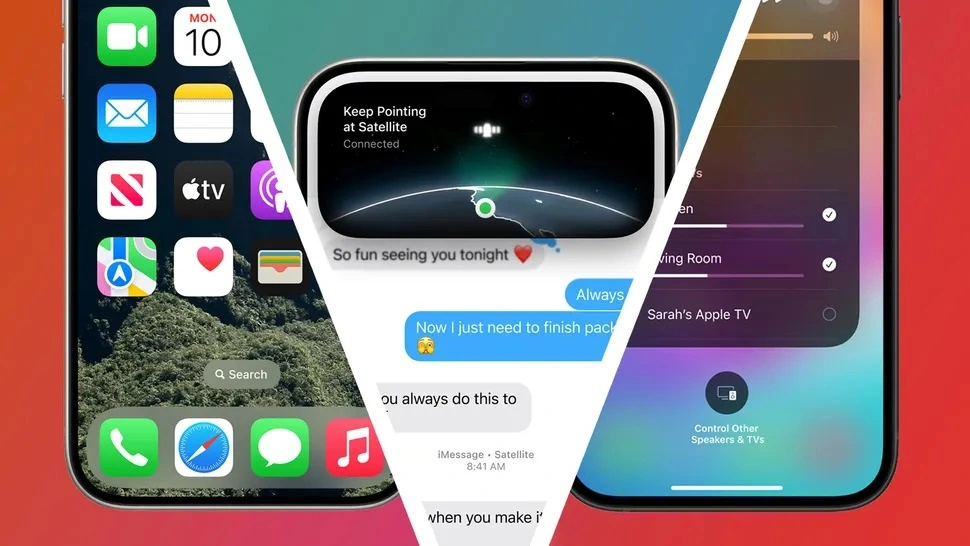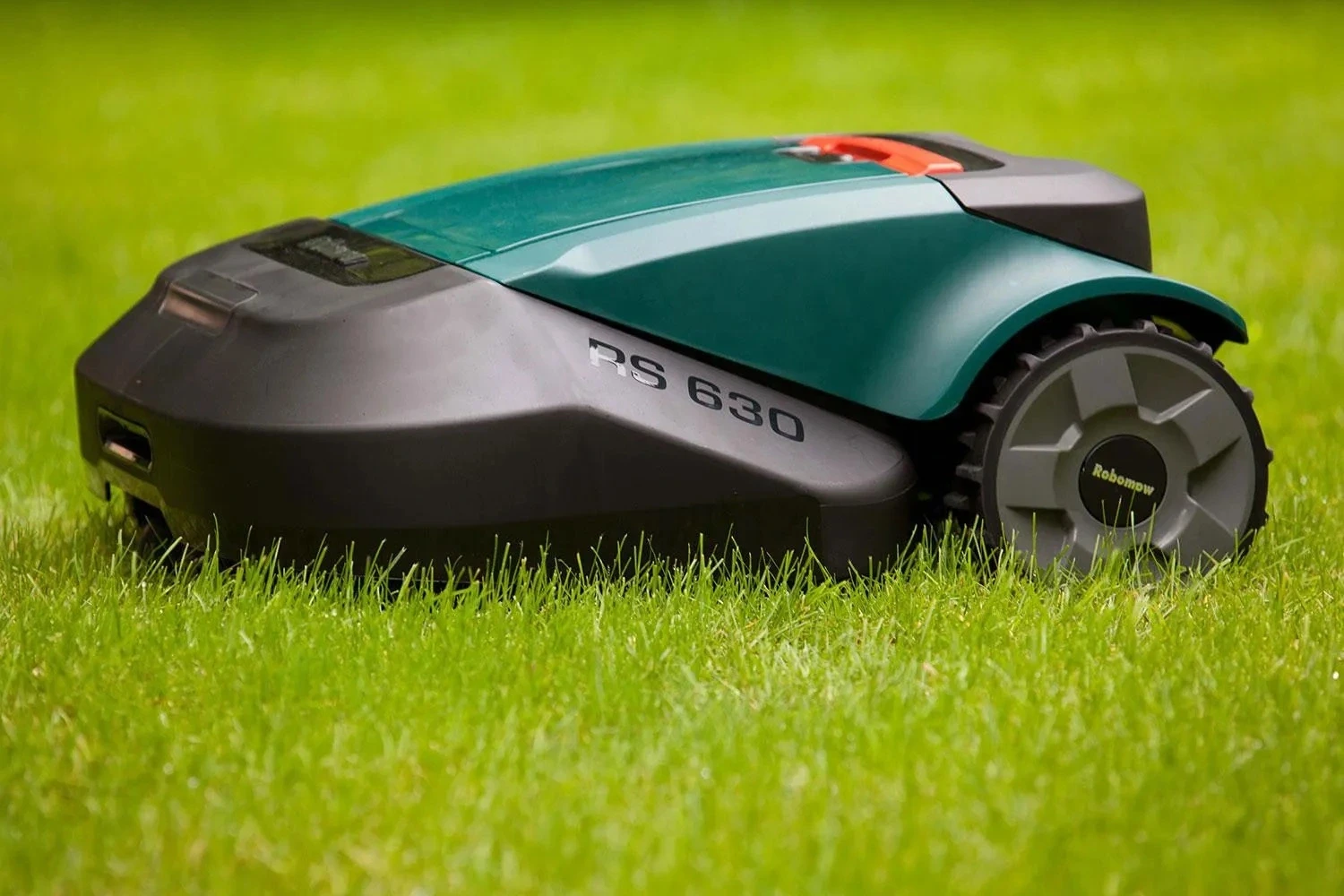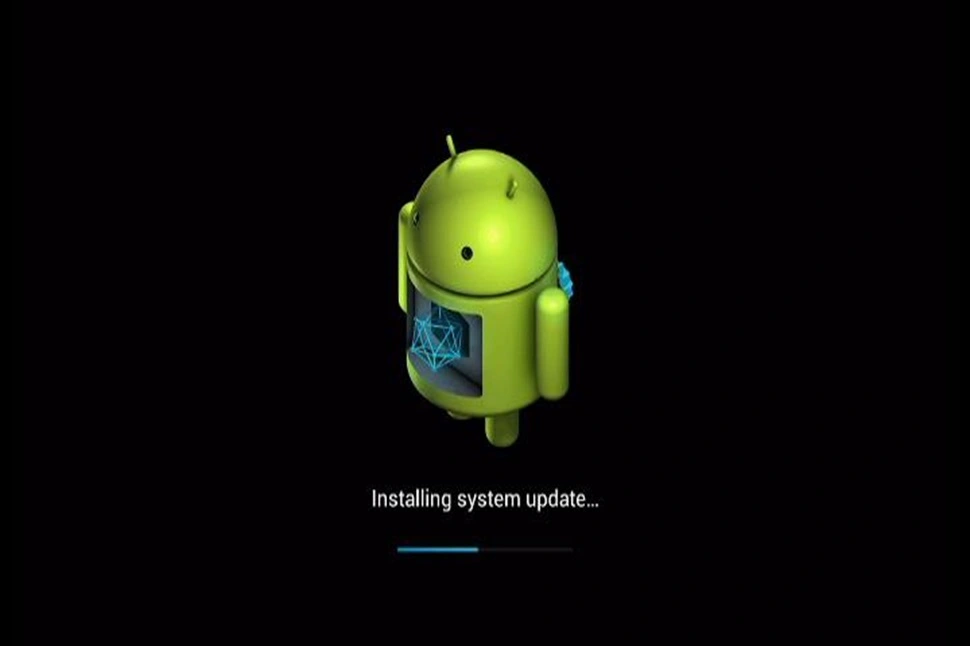Seagate has been mentioning in their financial reports that they are planning to make a lot of HAMR HDDs. Now, it looks like these drives will be soon available for regular people to buy. The Seagate Exos product family is getting a significant boost to a 30TB capacity because they’re using heat-assisted magnetic recording (HAMR) technology.
Recently, the company talked to the press about the Mozaic 3+ platform, which is their first HAMR platform in large quantities. They explained how this sets the stage for quickly increasing the amount of data these drives can hold in the coming years.
Seagate has made new hard drives called Exos 30TB. These drives have parts that can hold 3TB of data each. Seagate plans to make them even better in the coming years, increasing the storage by about 20% with each new version. This is faster than how much similar drives grew in the last ten years, which was only 8%.
Right now, Seagate is sending a lot of these new drives to big data centers. If someone changes from an older 16TB recording platform to the new 30TB+ HDDs, they can almost double the storage space in their server racks without needing more room. These drivers can easily replace the old ones, saving both space and power.
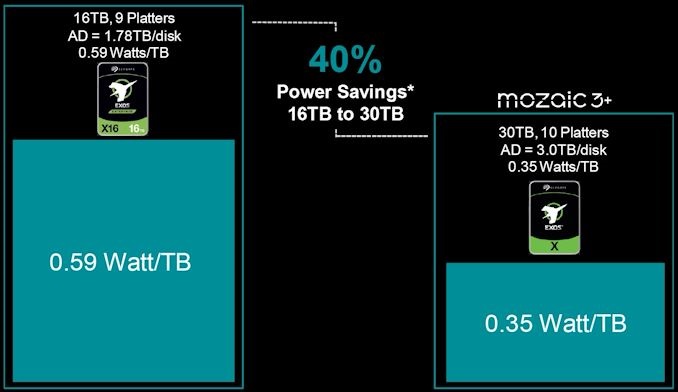
Seagate did some calculations. The older Exos X16 uses an average of 9.44 watts of power, which is 0.59 watts for each terabyte. The new Exos 30TB uses a bit more at 10.5 watts, but when you look at it per terabyte, it’s a 40% power saving at 0.35 watts per terabyte.
The company highlighted that to make the new Exos family possible, HAMR needed a bunch of other important advancements all grouped together under the new Mozaic 3+ tag. These include:
- Disks with a fresh Pt-Fe mix
- Special pen for writing using light
- Reader that’s the 7th of a special spinning tech
- Controller that’s built-in and very small at 12 nanometers
To fit more data into a small space, technology is making the tiny pieces in the magnetic part even smaller. However, there’s a problem with old magnetic disks when these bits become too small – they become unstable. Seagate and Showa-Denko found a solution by creating a special iron-platinum structure with super strength. This ensure that the data stays stable and can be recorded accurately.
In the HAMT process, these tiny bits need to be heated to change their state. Seagate uses a very small laser integrated into the writing part to do this. The part that reads the data also had to change to work with these smaller bits. All of these improvement word with these smaller bits. All of these improvements work well together because of a new controller (made using TSMC’s 12nm process) that Seagate says is 3 times faster than what we had before.
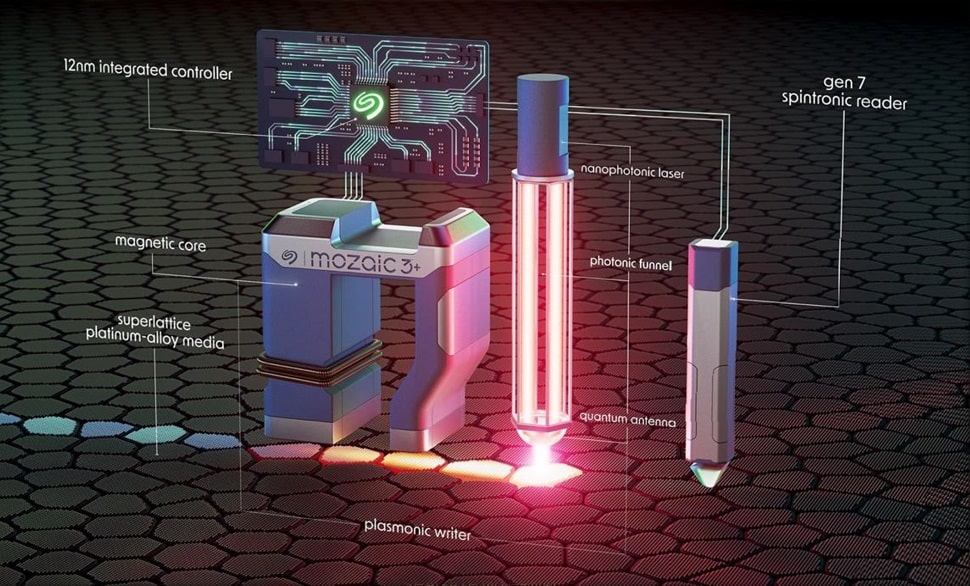
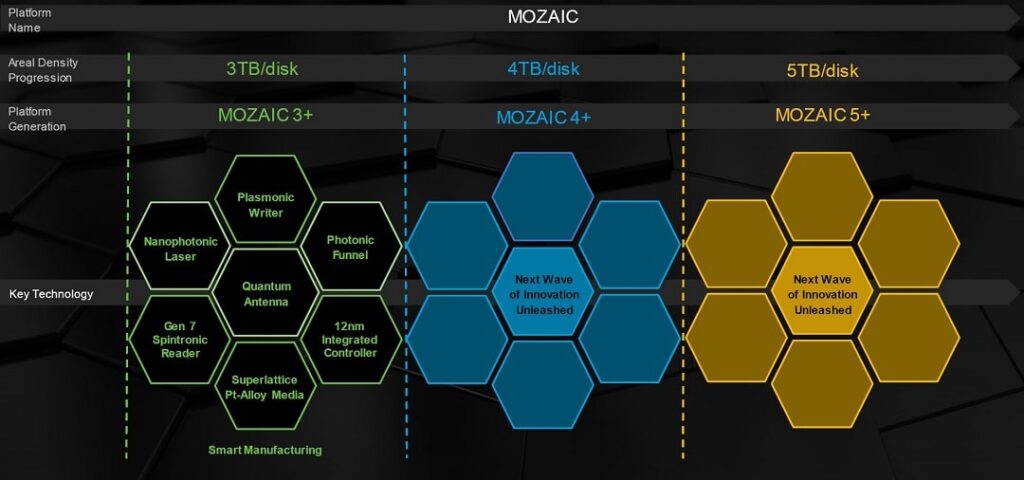
Making more data fit on hard drives is crucial for increasing their storage capacity. But there’s a measure called IOPS/TB that indicates how fast you can get to the data, and solid-state drives (SSDs) perform better in this aspect. The Mozaic platform stands out from current hard technologies such as dual actuators and shingled-magnetic recording. While these technologies have their own benefits, enhancing the IOPS/TB metric is a challenge that require collaboration across the entire industry to make hard drives suitable for a broader range of applications.
Seagate teams up with companies like Show-Denko to make hard drive disks and TDK for the parts that store data. Some of the new ideas in Mozaic 3+ come from working together with these partners. The details of this collaboration are a secret, but Seagate mentioned that they get to use these new technologies exclusively for a limited time.
If other companies decide to use HAMR in their hard drivers, Seagate seems to be ahead with these with these important HAMR components. Seagate also believes that the Mozaic 3+ technology will be useful for things like NAS (network-attached storage) and the video/imaging markets. It won’t be long before HAMR is used in the IronWolf and SkyHawk hard drive families from Seagate.
